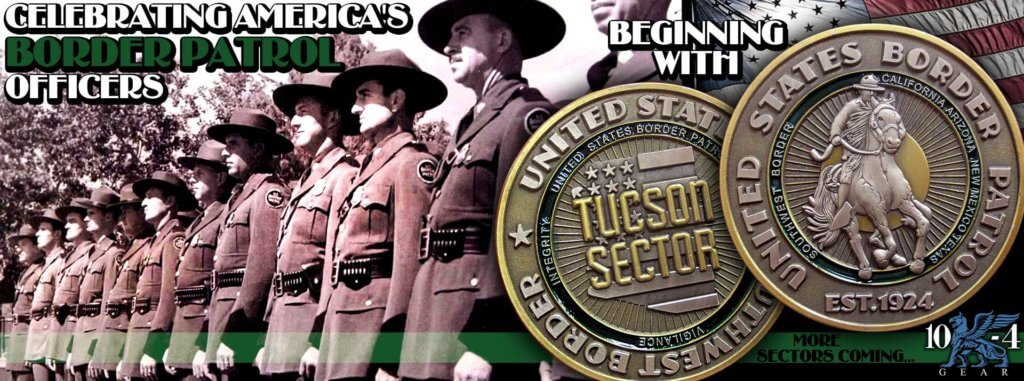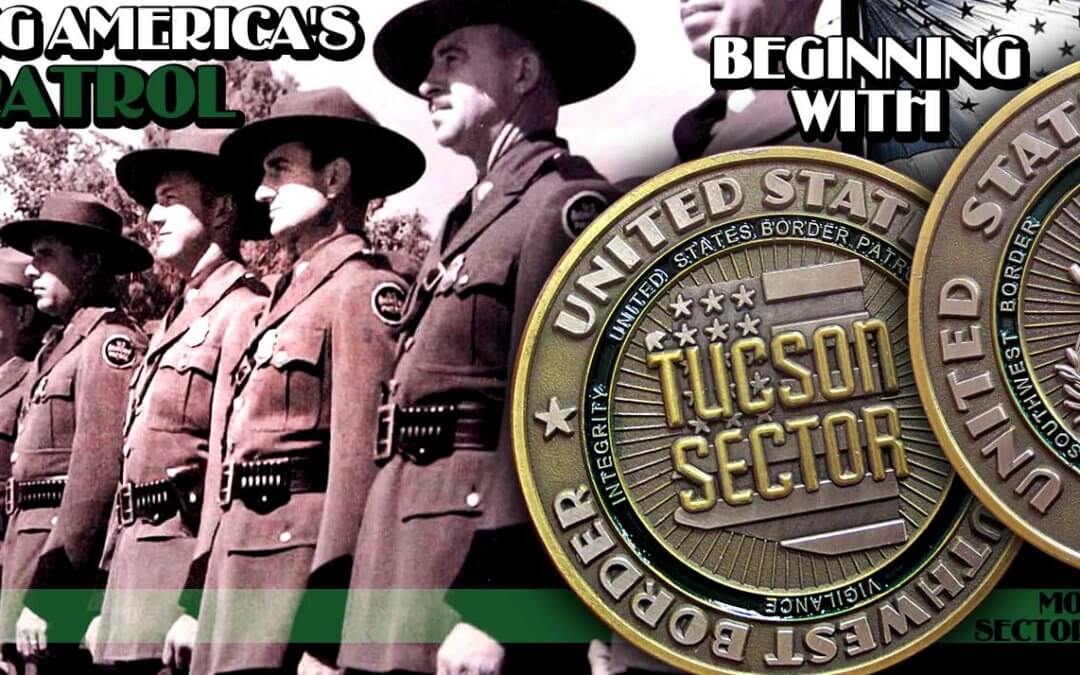Mexico’s cartels have long dominated headlines, as they wield significant power and influence within the country and beyond. In this extensive exploration, we delve into the intricate web of Mexico’s cartels, their family-based structures, leadership dynamics, geographical locations, historical context, drug trafficking activities, affiliations, the United States’ response, the challenge of policing the US Southern border, and relevant statistics. Understanding these complexities is essential for comprehending the far-reaching impact of these criminal organizations.
Family Names and Leadership: Mexico’s cartels often operate within intricate family-based structures, where family names carry significant weight and influence:
- Sinaloa Cartel: Led by the notorious Joaquín “El Chapo” Guzmán, the Sinaloa Cartel rose to prominence as one of Mexico’s most powerful criminal organizations. Despite Guzmán’s arrest and subsequent extradition to the United States, the cartel continues to exert considerable control over drug trafficking operations.
- Jalisco New Generation Cartel (CJNG): Led by Nemesio Oseguera Cervantes, known as “El Mencho,” the CJNG has emerged as a dominant force in recent years, challenging the Sinaloa Cartel’s influence. The CJNG is known for its ruthless tactics and territorial expansion.
- Other Cartels: Mexico’s cartel landscape is dynamic and includes various other criminal organizations, such as the Gulf Cartel, Los Zetas, and the Knights Templar, each with its own leadership structures and regional influences.
Geographical Locations and Drug Trafficking: Mexico’s cartels have established their presence across the country, with specific regions serving as key operational hubs:
- Northern Mexico: The states along Mexico’s northern border, including Tamaulipas, Chihuahua, and Sonora, are crucial transit points for drug trafficking into the United States. These areas witness significant violence and territorial disputes between rival cartels.
- Pacific Coast: The western states of Sinaloa, Nayarit, and Jalisco are known for their connections to the drug trade. The Sinaloa Cartel’s stronghold in this region has contributed to its dominance in the illicit drug market.
- Southern Mexico: Guerrero and Michoacán, located in southern Mexico, have become hotspots for drug production, particularly in the case of methamphetamine and heroin. The Knights Templar and other cartels have historically operated in these areas.

Historical Context and Affiliations: Understanding the historical context provides insight into the development and expansion of Mexico’s cartels:
- Influence of Colombian Cartels: Mexico’s cartels gained significant power in the 1980s and 1990s as Colombian cartels weakened. Mexican organizations capitalized on the opportunity to control drug trafficking routes and expand their operations.
- Fragmentation and Power Struggles: Over time, cartels splintered into smaller factions, resulting in increased violence and territorial disputes. These power struggles contribute to the high levels of violence witnessed in Mexico.
US Response and Policing the US Southern Border: The United States has implemented various strategies to combat drug trafficking and address the challenges posed by Mexico’s cartels:
- Drug Enforcement Administration (DEA): The DEA works closely with Mexican law enforcement agencies to target high-level cartel operatives and disrupt drug trafficking networks. Intelligence sharing and joint operations are crucial components of this collaboration.
- Border Security: Policing the US Southern border presents significant challenges due to the vast and rugged terrain. The United States employs a multi-faceted approach, combining technology, intelligence gathering, physical barriers, and law enforcement presence to deter smuggling activities.
Statistics and Impact: Statistics shed light on the far-reaching impact of Mexico’s cartels and drug trafficking:
- Violence and Homicide Rates: Mexico has experienced alarming levels of violence, with high homicide rates attributed to cartel-related activities. The violence extends beyond cartels’ operations, affecting local communities, law enforcement, and the broader societal fabric.
- Drug Market Impact: Mexico’s cartels play a significant role in supplying illegal drugs, such as cocaine, methamphetamine, and heroin, to the United States, contributing to addiction and associated societal challenges.
Conclusion: Mexico’s cartels pose a multifaceted challenge, with far-reaching implications for both Mexico and the United States. Understanding the family-based structures, leadership dynamics, geographical locations, historical context, drug trafficking activities, and the US response is crucial for developing effective strategies to combat these criminal organizations. Cooperation between the two nations, targeted law enforcement efforts, and addressing underlying social and economic factors are vital for curtailing the influence of Mexico’s cartels and fostering safer communities on both sides of the border.



